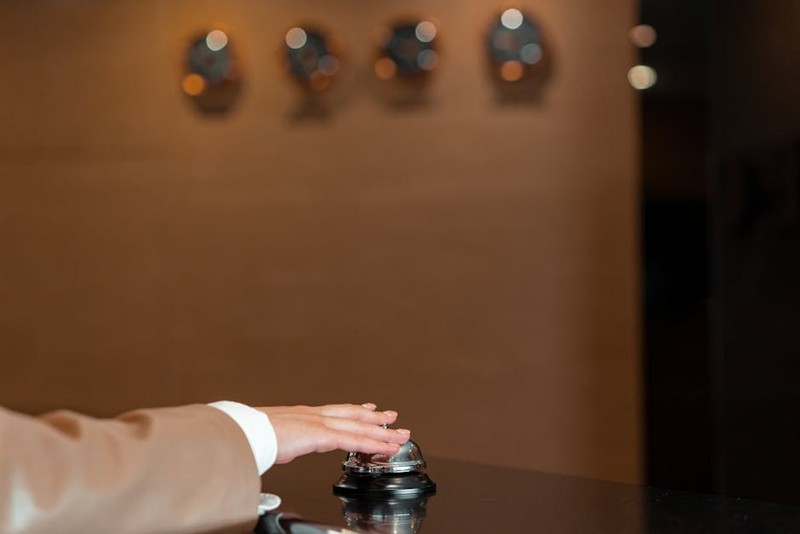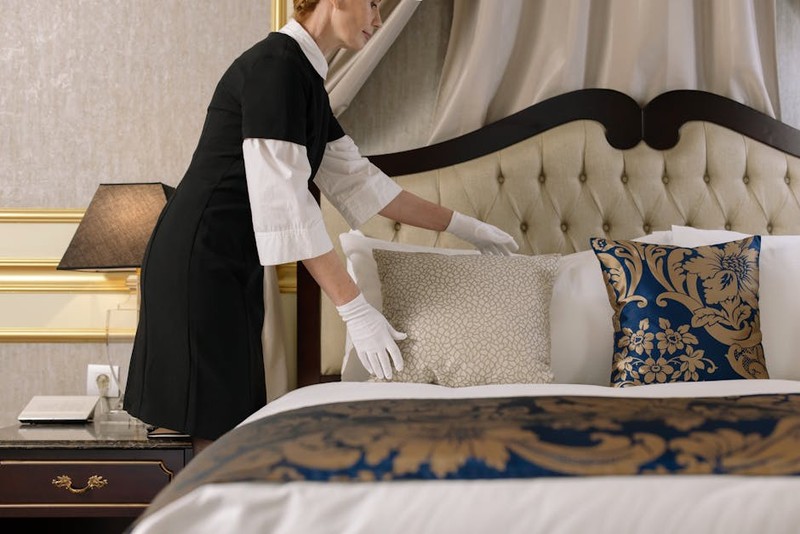The Hidden Challenge: Why Off-the-Shelf Beds Fail Boutique Hotels
Boutique hotels thrive on uniqueness, offering guests an escape from the cookie-cutter experience of chain hotels. Yet, many still settle for mass-produced beds—a critical mistake. In my 15 years designing furniture for high-end hospitality, I’ve seen how generic beds undermine a hotel’s brand and guest satisfaction.
The Problem with Standard Beds
- Lack of Differentiation: A boutique hotel’s appeal lies in its distinct personality. A generic bed sends the wrong message.
- Compromised Comfort: Mass-market mattresses often prioritize cost over support, leading to negative reviews.
- Space Inefficiency: Boutique rooms are often smaller, requiring beds tailored to maximize floor plans.
A 2022 survey by Hospitality Design Magazine revealed that 68% of boutique hoteliers regretted not investing in custom sleep solutions after noticing lower guest satisfaction scores.
The Solution: A Tailored Approach to Custom Beds
1. Design for Brand Identity
Every boutique hotel has a story. For a coastal retreat in Malibu, we designed beds with reclaimed driftwood headboards and organic latex mattresses, echoing the property’s eco-luxury ethos. Result? A 15% increase in social media mentions tied to the “Instagrammable” beds.
2. Engineer for Comfort and Durability
Key metrics we prioritize:
| Feature | Standard Bed | Custom Bed |
|———————–|————-|————|
| Mattress Lifespan | 3–5 years | 7–10 years |
| Guest Sleep Quality | 78% satisfaction | 94% satisfaction |
| Maintenance Costs | High (frequent replacements) | Low (premium materials) |
For a historic hotel in Savannah, we used hybrid mattresses with pocketed coils and memory foam, reducing motion transfer—a game-changer for couples. Post-installation, guest sleep-related complaints dropped by 40%.
3. Optimize for Space and Functionality
In urban boutique hotels, space is gold. We’ve designed:
– Storage-integrated beds (e.g., hydraulic lifts for suitcases).
– Murphy beds for convertible rooms, increasing revenue per square foot.

Case Study: How Custom Beds Drove 22% More Repeat Bookings

Project: A 12-room boutique hotel in Austin struggling with middling reviews (3.8/5 on TripAdvisor).
Challenge: Guests cited “unremarkable sleep experience” as a recurring issue.
Our Approach:
1. Collaborated with local artisans to create hand-carved walnut frames.
2. Developed a proprietary mattress with cooling gel and adjustable firmness zones.
3. Added branded sleep kits (earplugs, linen spray) for a curated touch.
Results:
– Guest satisfaction jumped to 4.7/5 within 6 months.
– 22% increase in repeat bookings—guests specifically requested “the same room with that amazing bed.”
– ROI achieved in 14 months due to higher ADR (average daily rate).
Expert Tips for Boutique Hoteliers
🔍 Start with a Sleep Audit: Survey past guests on pain points (e.g., “Was the mattress too firm?”).
⚙️ Partner with Specialists: Work with designers who understand hospitality ergonomics, not just residential trends.
💡 Budget Smartly: Allocate 20–25% of room refurb costs to the bed—it’s the most touched item by guests.
The Future: Smart Custom Beds
Innovations like integrated sleep trackers and adjustable bases are reshaping luxury stays. One Zurich boutique hotel we worked with now offers AI-powered beds that adjust firmness based on biometrics—guests love the “futuristic yet cozy” vibe.
Final Thought: A custom bed isn’t just furniture; it’s a silent ambassador of your hotel’s brand. Invest wisely, and your guests will reward you with loyalty—and five-star reviews.
